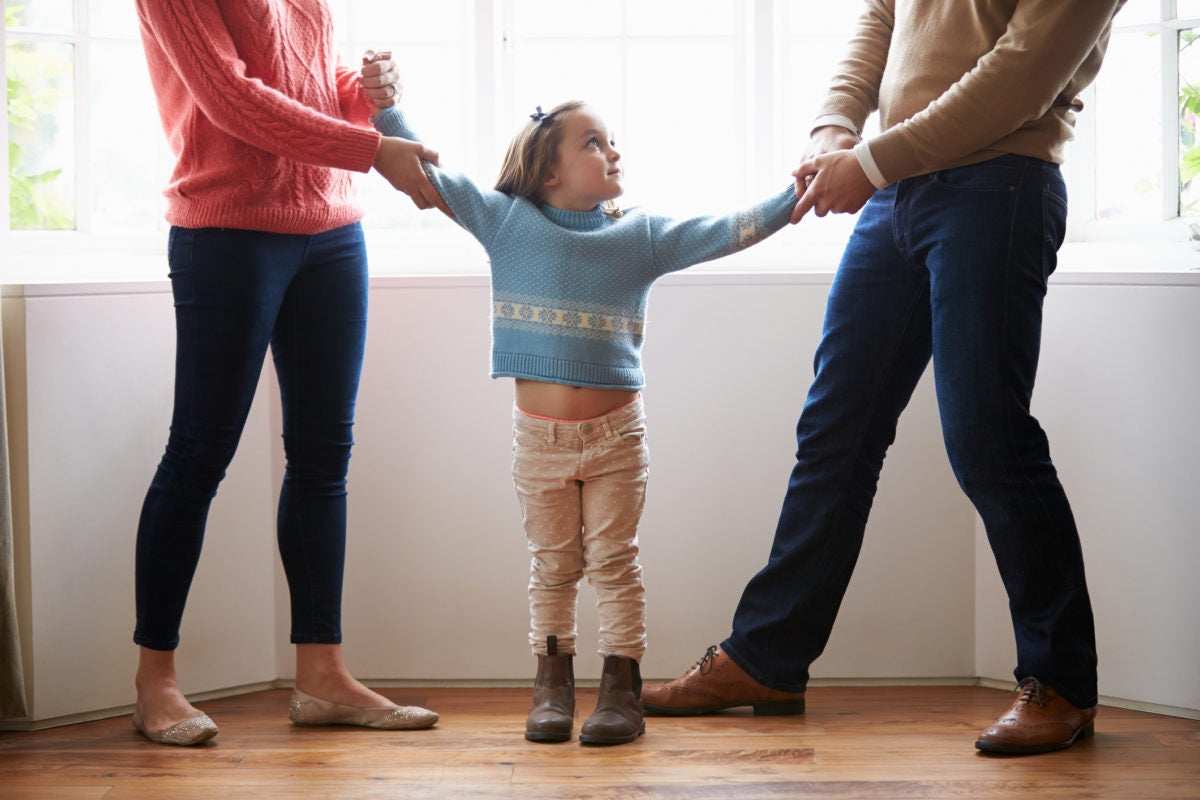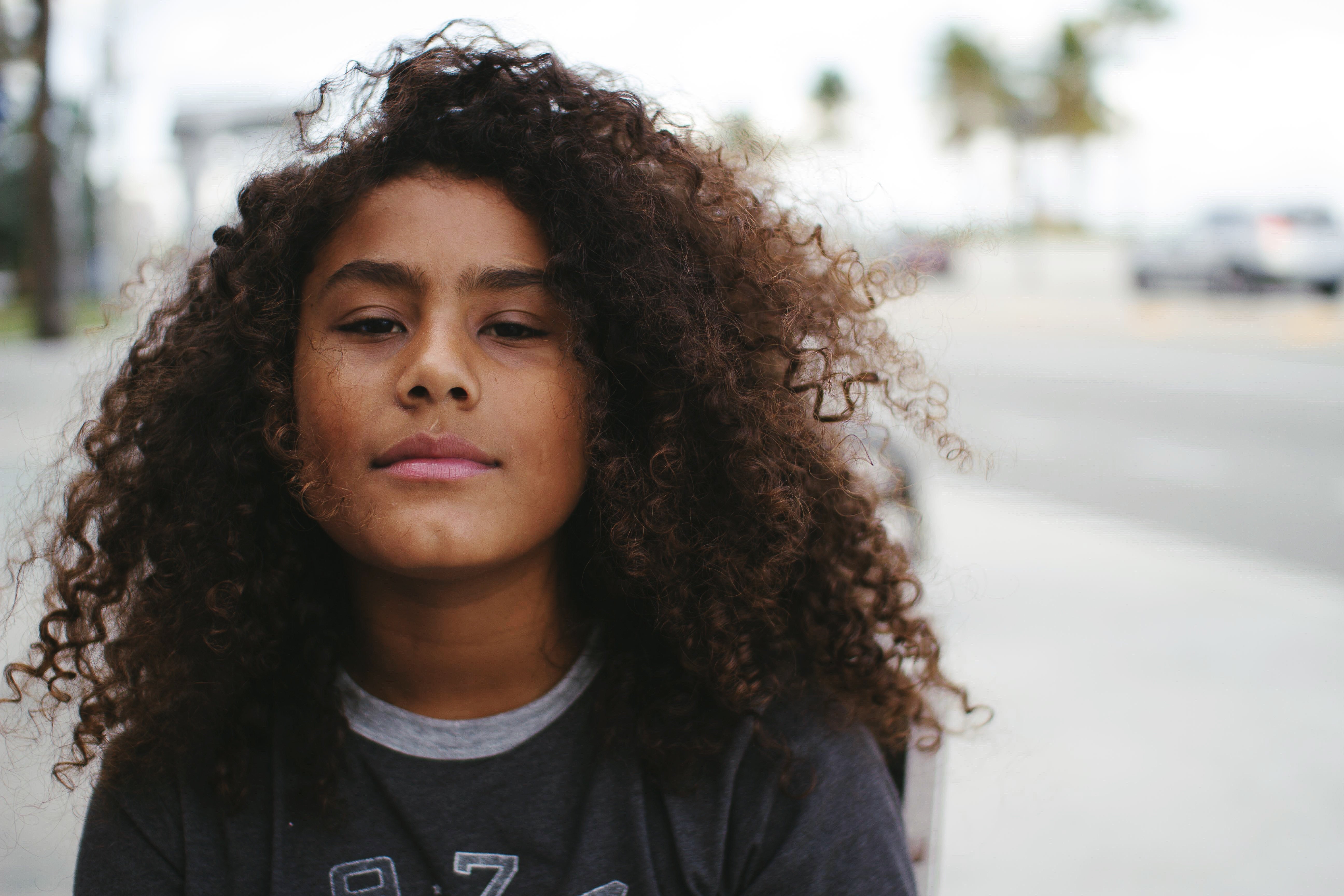Parents can differ in their views about how conflict affects children in their home. Some parents believe children should see no conflict, and others believe conflict is part of life and not particularly damaging to children. Some don’t even think about the impact of angry and hostile behaviors on their child.
What is the cost of conflict on children and parents?
A recent study of toddlers aged 14 to 36 months focused on the impact of family conflict on parent-child interactions. The challenges of parenting toddlers can shape the parent-child relationship. In the toddler stage, parents must adapt to an increasingly independent child who asserts her sense of self, is more able to self-regulate, and has increasing language skills.
The study focused on how family conflict disrupted parent-child relationships in toddlerhood. Family conflict is used to describe a family social environment marked with hostility and friction. It is known to destabilize both children's social development and affect parenting behaviors.
The study included 2,876 children from diverse, low-income backgrounds, and measures were taken when children were 14, 24 and 36 months. The “Three Bag Intervention Task” was videoed and later rated by the researchers.
In this task, mothers were given toys in three separate pillowcase bags. Mothers were deliberately given hazy instruction so that naturally occurring parenting responses could be measured. They were instructed only to play with the toys from the three bags and that they must start with Bag 1, then Bag 2, and end with Bag 3. The 10 minutes of play could be divided as suited.
During the play, researchers looked for behaviors that represented maternal supportiveness (e.g., responsiveness, sensitivity, positivity), maternal negative regard (e.g., rejection, hostility), child negativity toward parent (e.g., anger, hostility), and child engagement (e.g., how much the child interacted with and showed positive regard toward the parent). Researchers rated the intensity of the behavior and how frequently it occurred.
To measure family conflict, mothers completed the Family Environment Scale when the toddler was 14 months and 24 months of age. Mothers responded to statements such as “We fight a lot” and “We hardly ever lose our tempers.”
The Childhood Negativite Emotionality subscale of the Emotionality, Activity, Sociability, and Impulsivity (EASI) Temperamental Survey for Children measured children’s negative emotion reactivity at 14 months. Mothers rated statements such as “my child cries easily” for likeness to their child.
The study found that conflict with romantic partners, co-parents, or other family members led to mothers’ increased rejecting and hostile behaviors toward their child. If a child had heightened negative emotionality at 14 and 24 months, and was also in a high family conflict, the study found that this predicted that mothers would have higher rejecting and hostile behaviors at 36 months.
High conflict lessened the positive association between maternal supportiveness and children’s engagement. This means that, even when mothers in high conflict families were using supportive behaviors, their children engaged less positively with them than those in low conflict families.
Children with high negative emotionality at 14 months were more likely to remain so or get worse at 36 months in high conflict families. This means that high conflict families make it harder for these temperament and behavioral issues to lessen over time.



